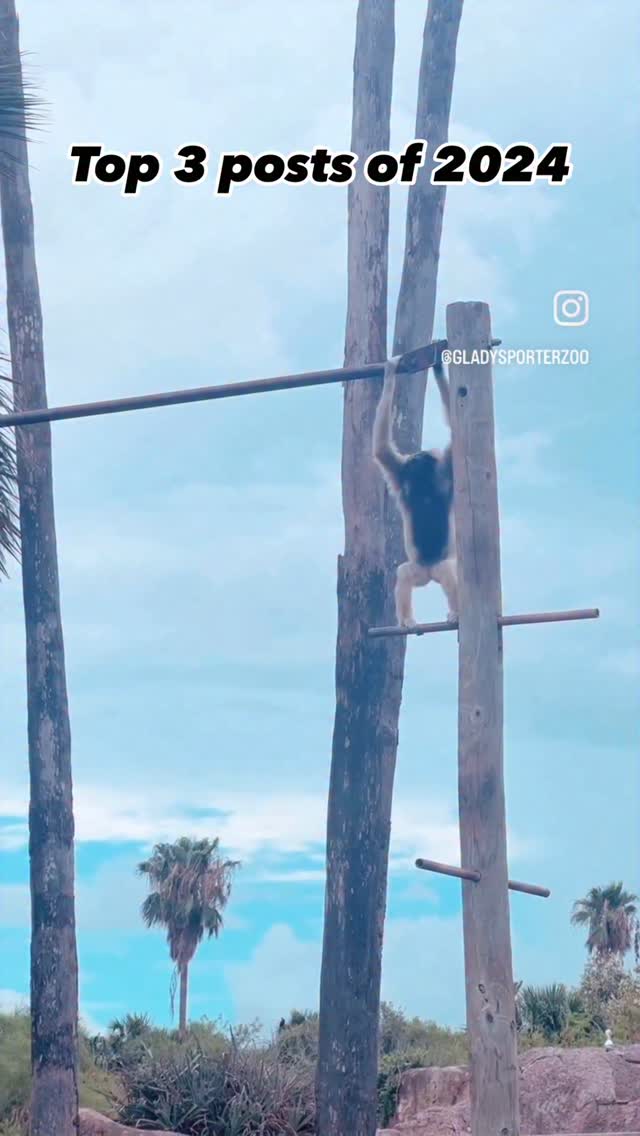- The significance of social media in wildlife conservation and zoo management.
- The effectiveness of public engagement and its influence on conservation efforts.
- The role of personalized communication in fostering global wildlife support.
- The impact of media innovations on conservation psychology and volunteerism.
- Challenges and solutions in leveraging digital platforms for conservation awareness.
Social media has become an integral tool for wildlife conservation and zoo management, transforming how institutions connect with their audiences. Instagram, in particular, serves as a powerful platform to share gratitude and raise awareness about conservation efforts. A post labeled "Thanks for all the love this year ❤️🫶🏽" effectively utilizes this medium to engage audiences and foster support for wildlife conservation initiatives.
The significance of social media platforms, such as Instagram, in wildlife conservation cannot be overstated. These platforms extend the reach of conservation messages, making them accessible to a global audience. By sharing behind-the-scenes glimpses into zoo management and conservation efforts, these platforms help demystify the work done by zoologists and conservationists. Engaging posts attract attention and can inspire individuals to take action, whether through volunteering, donations, or advocacy.
Public engagement is crucial for effective conservation efforts, and social media is instrumental in fostering this engagement. A heartfelt message of gratitude, like "Thanks for all the love this year," builds a connection between conservation organizations and their supporters. This connection is vital for nurturing a community that actively participates in conservation initiatives, both online and offline. Sharing positive news and updates about wildlife can create a ripple effect, encouraging even greater support and involvement from the public.
Personalized communication through social media allows conservation organizations to reach diverse demographics. Tailoring messages to resonate with different audiences ensures broader support for conservation causes. For instance, incorporating multimedia elements like videos, stories, and interactive content can make the conservation narrative more appealing. By keeping communication personal and relatable, these organizations can inspire more significant public involvement and foster a sense of stewardship toward wildlife.
Media innovations have significantly impacted conservation psychology, offering new ways to engage and motivate supporters. Interactive features on platforms like Instagram create immersive experiences, leading to increased volunteerism and support for conservation efforts. Social media challenges, gamified content, and interactive fundraising campaigns enhance engagement and drive collective action. These innovations make it easier for individuals to feel connected to wildlife conservation from anywhere in the world, allowing them to contribute meaningfully.
While social media presents tremendous opportunities for conservation, it also poses challenges. Maintaining engagement year-round and ensuring messages resonate globally requires strategic planning and adaptability. Overcoming these challenges involves understanding audience preferences and continuously improving content strategy. Organizations must balance informative content with engaging storytelling to retain audience interest. Collaborations with influencers and other organizations can also amplify messages and reach larger audiences.
In sum, "Thanks for all the love this year ❤️🫶🏽" is more than a simple message of gratitude; it is a testament to the power of social media in wildlife conservation. By effectively leveraging digital platforms, conservation organizations can inspire global audiences, promote volunteerism, and drive meaningful support for wildlife conservation efforts.
*****
Source Description
Thanks for all the love this year ❤️🫶🏽 class=”instagram-media” data-instgrm-permalink=”https://www.instagram.com/reel/DENU2N7R2W9/” data-instgrm-version=”14″ style=” background: border:0; border-radius:3px; box-shadow:0 0 1px 0 rgba(0,0,0,0.5),0 1px 10px 0 rgba(0,0,0,0.15); margin: 1px; max-width:540px; min-width:326px; padding:0; width:99.375%; width:-webkit-calc(100% – 2px); width:calc(100% – 2px);”>


